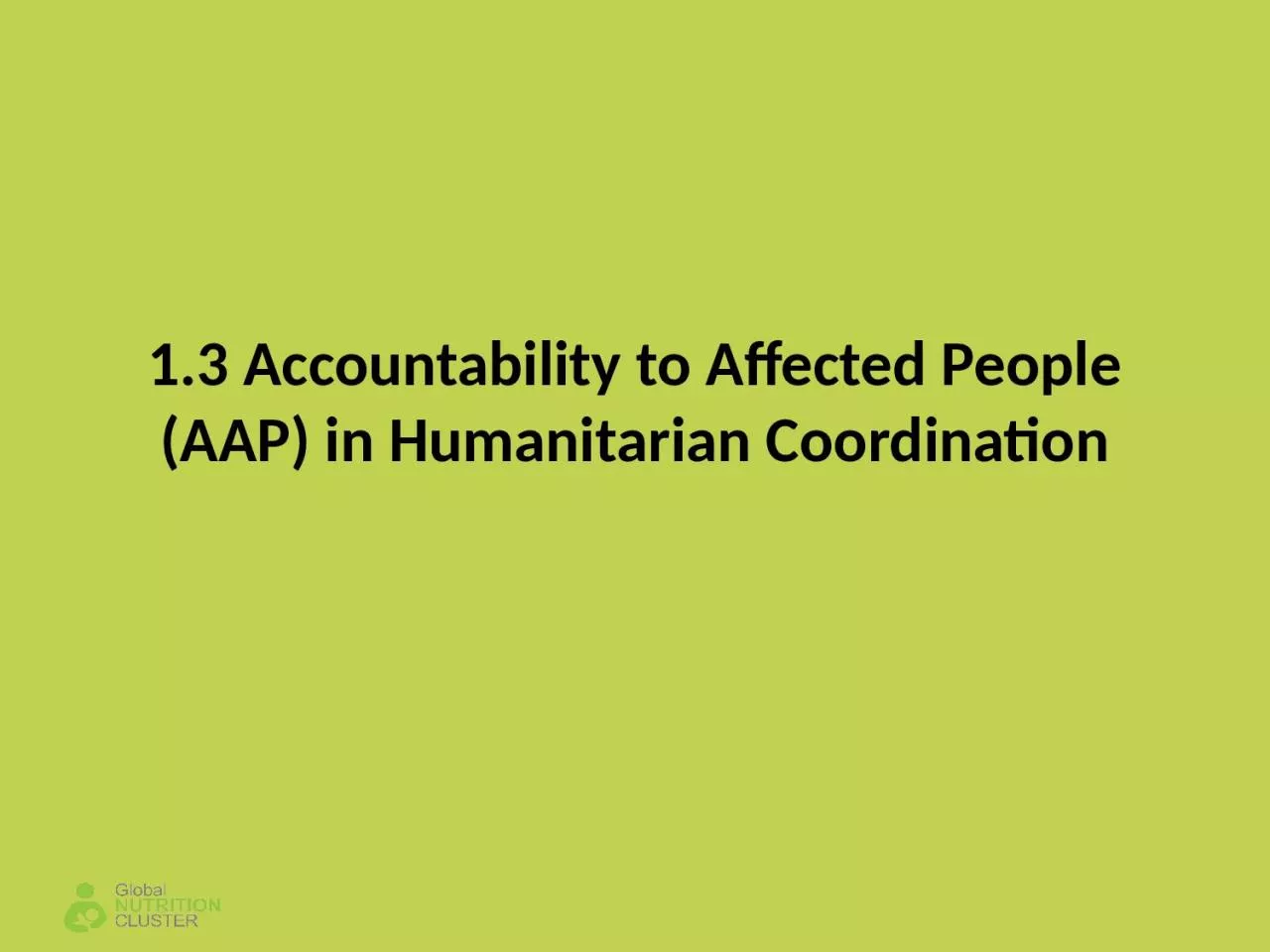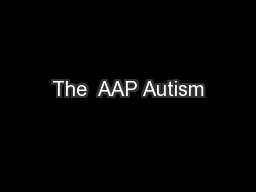PPT-1.3 Accountability to Affected People (AAP) in
Author : fauna | Published Date : 2023-11-15
Humanitarian Coordination In this session we will look at The main concepts around AAP Key AAP policies and standards for clusters Specific Nutrition Cluster AAP
Presentation Embed Code
Download Presentation
Download Presentation The PPT/PDF document "1.3 Accountability to Affected People ..." is the property of its rightful owner. Permission is granted to download and print the materials on this website for personal, non-commercial use only, and to display it on your personal computer provided you do not modify the materials and that you retain all copyright notices contained in the materials. By downloading content from our website, you accept the terms of this agreement.
1.3 Accountability to Affected People (AAP) in: Transcript
Download Rules Of Document
"1.3 Accountability to Affected People (AAP) in"The content belongs to its owner. You may download and print it for personal use, without modification, and keep all copyright notices. By downloading, you agree to these terms.
Related Documents














